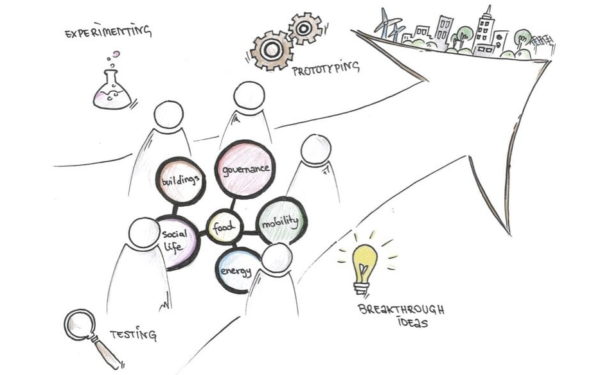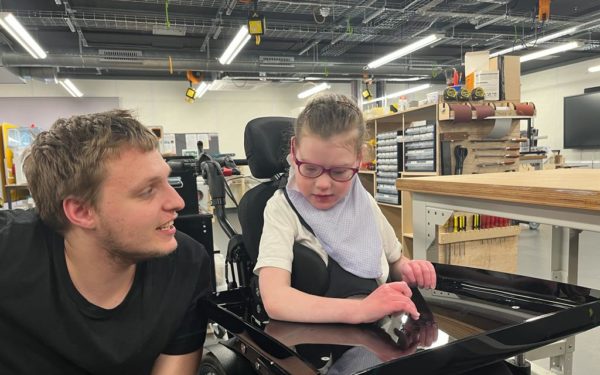
Why do engineers use modelling and simulation?
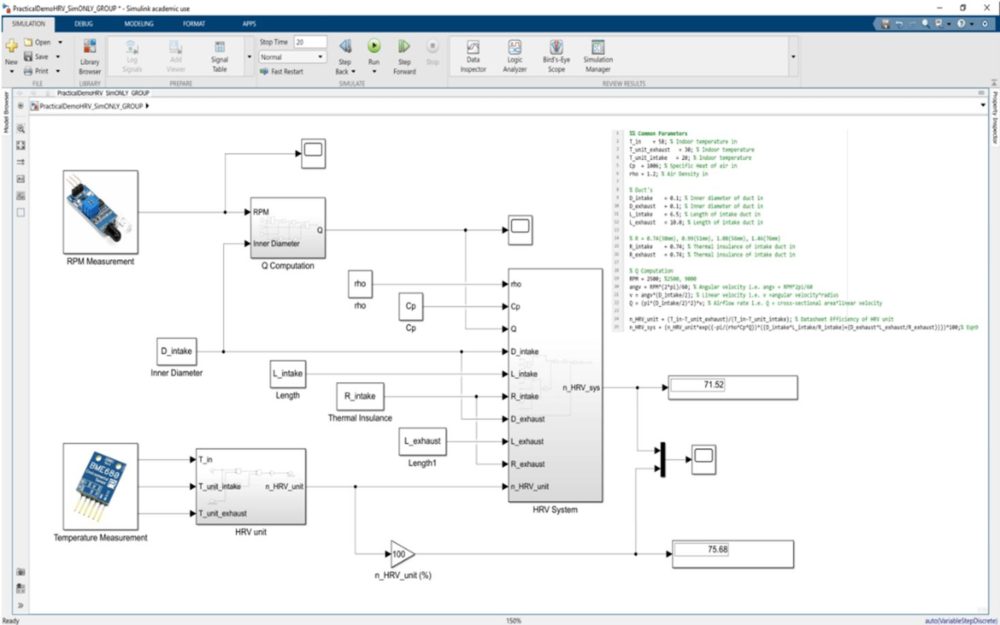
Have you ever wondered how the things we use progress from an idea into reality? From buildings and appliances to planes and even cleaning products, engineers work through an extensive process to make sure that the best possible version of a design is carried forward to create the final product.
The design optimisation process
To do this, engineers need to test different versions of the design to work out which of them satisfies all user requirements, as well as taking other important factors into account, such as cost, sustainability, durability, energy efficiency and aesthetic appeal. Take a car, for example. At a basic level, its purpose is to transport passengers safely from one location to another, and there are probably multiple designs that would fit the bill. Yet, there are all kinds of ways in which one design could be modified to make improvements, or where the best aspects of multiple designs could be brought together to create a new one. For instance, would the car be more comfortable for passengers if the seats were a slightly different shape? Could the engine be more energy efficient if the cylinders inside it were placed slightly closer together, or further apart?
Engineers may come up with tens, or even hundreds of designs for a single product, each with slightly different parameters that need testing. As you can imagine, building this many real-life models – or prototypes – would take a very long time, not to mention the number of engineers that would need to be involved and the amount of energy and materials that would be used. Testing designs for products in this way is time consuming, expensive, and has a huge carbon footprint. But what is the alternative?
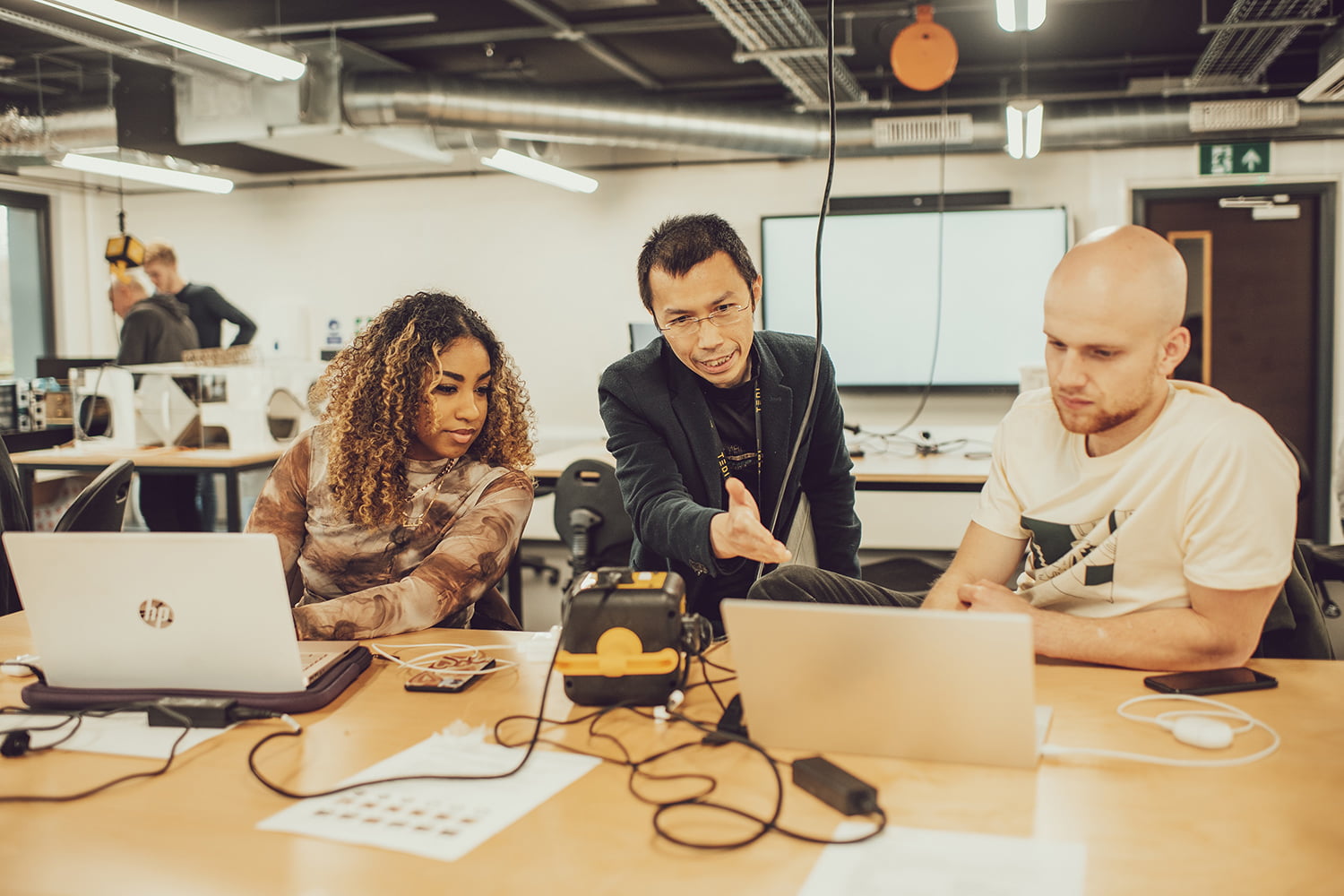
Modelling and simulation in engineering
During a recent first year project, TEDI-London students used modelling and simulation, a method in which a virtual model of a product is built, a computer tests how it performs under certain conditions, and finally the results are outputted in a readable format.
Students used this method to test the efficiency and functionality of different designs for a Heat Recovery Ventilator (HRV) unit, a device that they had previously focused on during their Reverse Engineering project. A HRV replaces the stale air inside a building with fresh air from outside, whilst simultaneously recovering the heat that would usually be lost during the ventilation process. Alongside the modelling and simulation module, students also created their own prototype of a HRV, meaning that they could use their findings from one project to inform the decisions made as part of another.
Our students carried out 5 key steps to modify and test a HRV model, ultimately optimising the original design to make it more energy efficient:
1. Mathematical model implementation: the students researched the algorithms for a mathematical model of a HRV, which they then had to implement into the software programme that they were using. This involved creating a programming language to translate the equation, as different software programmes require different inputs.
2. Simulation: next, the students programmed the software to simulate the behaviour of the constructed model to understand how effectively it would run, both in terms of functionality and energy efficiency.
3. Output: once simulation was complete, the students had to figure out how to obtain the data findings from the software. Once again, this required them to create coding to translate the data into a format that humans can understand.
4. Design testing: these steps were repeated to test different versions of the design. The students had to develop coding to communicate the changes they would test on a physical HRV to the software programme, so that they could be replicated within the mathematical model. For example, changing the shape or size of an internal component, or the voltage of the power source, impacts the device’s overall efficiency; the changed parameters had to be programmed into the software to re-run the simulation.
5. Data analysis: finally, the students looked at all the data they had collected to determine which design they would carry forward into prototyping.
Dr Lam Cheah, Senior Teaching Fellow and lead academic on the project at TEDI-London, reflects: “Modelling and simulation is a core part of the design process for engineers, as well as a great way to develop the students’ programming skills. When students come up with a promising design idea, it can be all too easy to jump straight into prototyping and stick with the first design that works. By undertaking this module alongside their prototyping module and focusing on HRV’s for both, our students learned how beneficial it can be to test and optimise a design before prototyping it.”
Keen to learn what other TEDI-London projects are like? Read about students’ first-term project, the Engineering for People Design Challenge.
More student projects articles

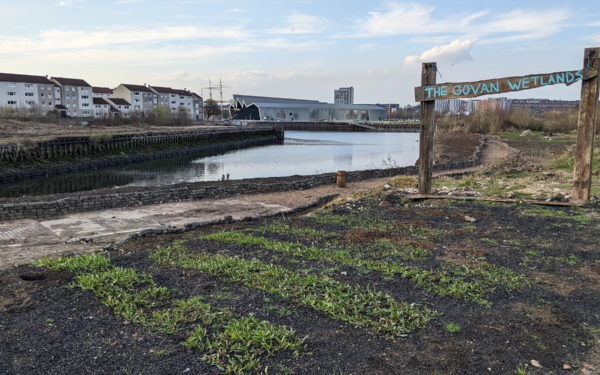
First year projects in the spotlight: Engineering for People Design Challenge
